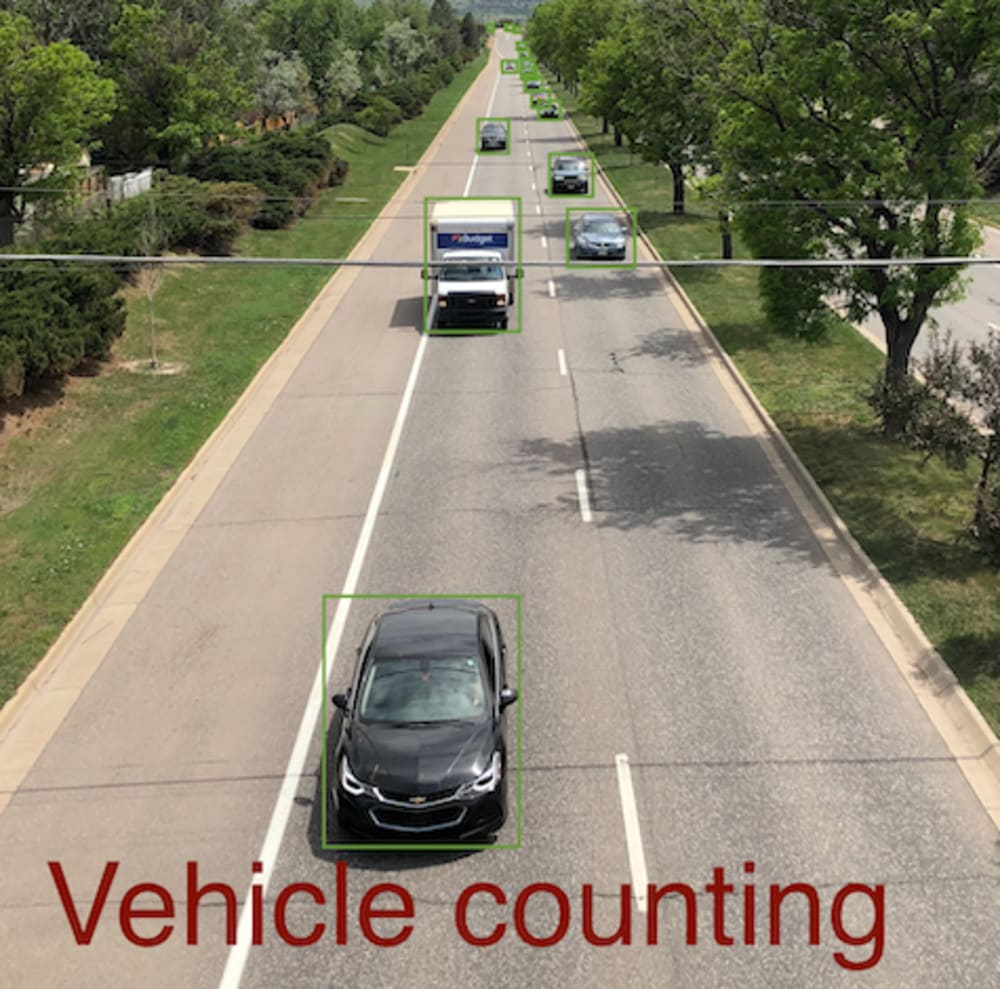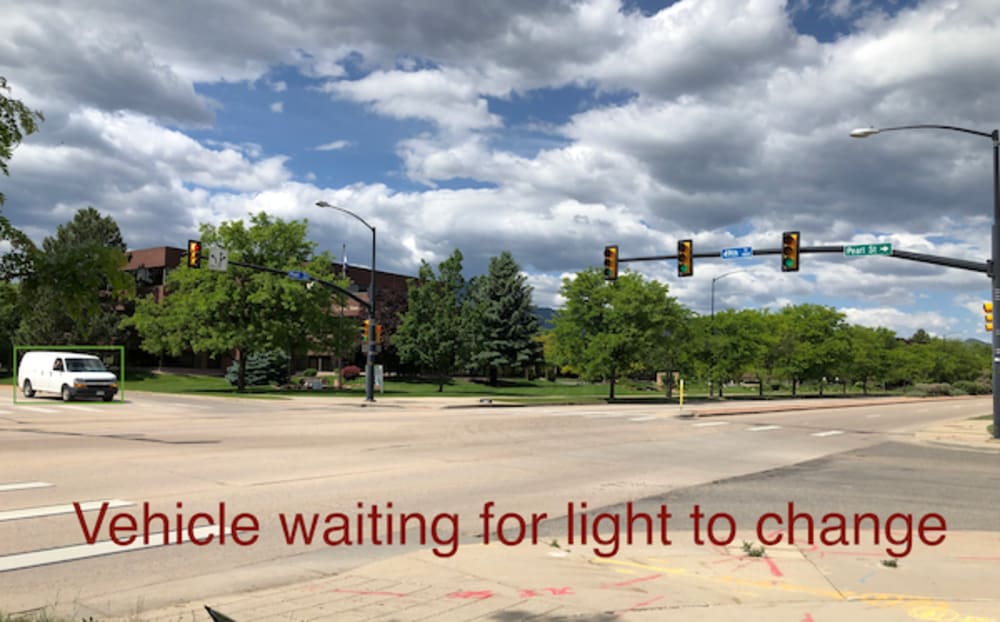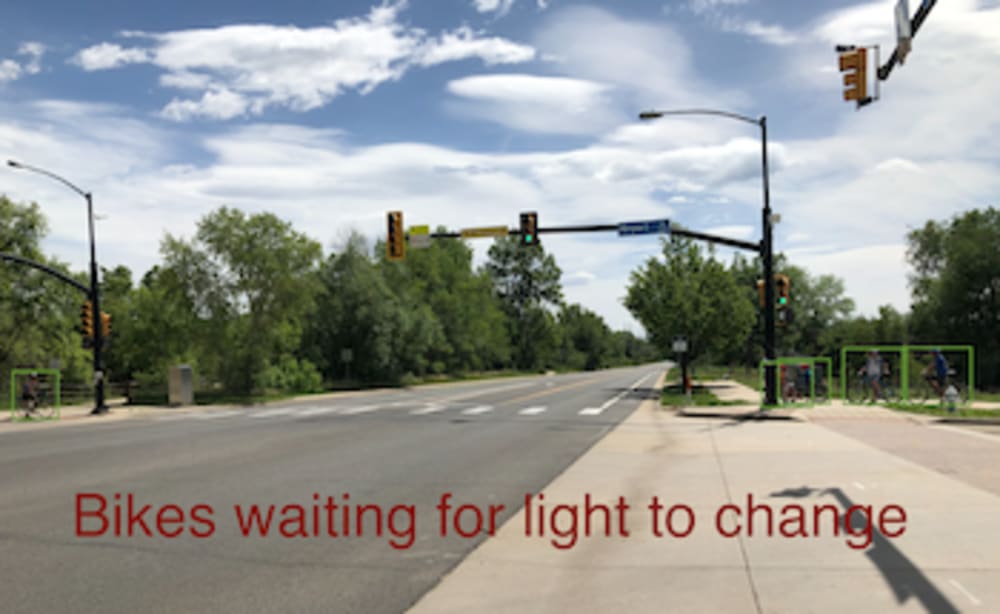Unnecessary waiting at traffic signals wastes time and fuel, and pollutes the air. A responsive traffic signal mitigates these problems by passing the maximum number of vehicles through an intersection in the least amount of time. Cameras pointed down each road are used to count the approaching vehicles, and measure their speeds and distances. These data are used to determine the optimal flow pattern through the intersection and the signal lights are set to match.
A responsive traffic signal uses simple algorithms with a small amount of artificial intelligence to modify its statistical analysis based on characteristics of each intersection. Unlike Smart Traffic Signals, which require extensive data gathering and networking at great expense, a responsive traffic signal needs only a group of cameras and a microprocessor. Equipment costs would not exceed $1,000 per intersection.
Last century’s traffic cops were positioned in the middle of busy intersections and use hand signals to regulate the flow of traffic. They would observe the quantity and speeds of approaching vehicles and stop or pass opposing traffic to get as many cars through as quickly as possible. This technology does the same.
For a standard four-way intersection, four cameras will capture images of approaching vehicles about once a second. The images are processed to determine the number of vehicles that will arrive at the intersection each second into the future. The algorithm determines the timing of the signals to maximize the throughput. The algorithm will account for acceptable dwell times for each signal change and the driver’s tendency to anticipate signal changes. Other human factors/driver behavior models would also be used to create the control algorithm.
Additional cameras might be used to count bicyclists and pedestrians as they approach the intersection. These users of the intersection need to be fully accommodated if the intersection is to be fully optimized for the flow of motor vehicles, pedestrians and bicyclists.
This technology can be implement with very little financial or time cost compared to the standard Smart Traffic Signal model. Once installed, it will reduce waiting and increase throughput without enlarging the intersection or adding more lanes. No longer would a single vehicle need to stop at an empty intersection if they can clear the intersection before a larger volume of vehicles arrive. Clear intersections will always give a green light to an approaching vehicle long before they even begin to slow down. Imagine always having green lights when the traffic is sparse.
Like this entry?
-
About the Entrant
- Name:Carl Lawrence
- Type of entry:individual
- Software used for this entry:Not applicable
- Patent status:none








